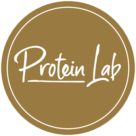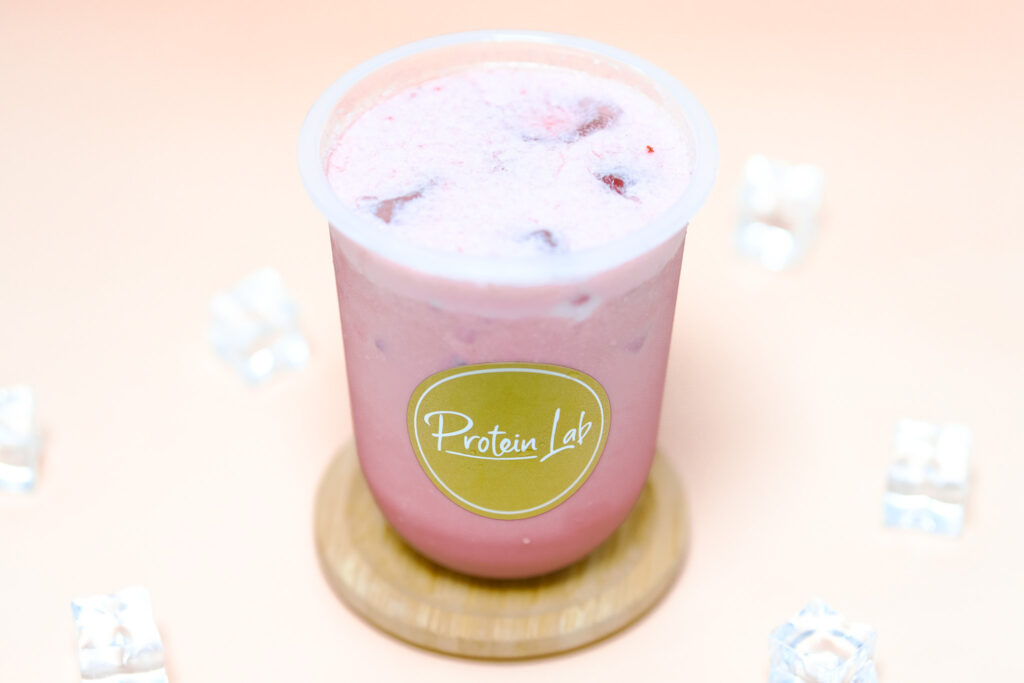Protein drinks have become a ubiquitous part of fitness culture, consumed by athletes, bodybuilders, and everyday fitness enthusiasts alike. From humble beginnings in the early 20th century to the vast array of protein shakes, powders, and ready-to-drink options available today, protein drinks have evolved to meet the growing demands of health-conscious consumers. But how did protein drinks go from being an obscure supplement to a fitness staple?
The Origins: Early 20th Century Protein Supplements
The history of protein drinks begins in the early 20th century when the understanding of nutrition and muscle development started to gain traction. In the 1900s, scientific research was beginning to reveal the importance of protein in the diet, particularly for muscle growth and recovery. However, the concept of protein supplements did not yet exist in the form we recognize today.
One of the earliest forays into protein supplementation came in the 1930s when scientists began to study the role of protein in athletic performance. Protein was recognized as essential for building and repairing muscle tissue, but athletes would often get their protein from whole foods like meat, eggs, and milk. The idea of protein drinks didn’t emerge until much later, with the advent of new food technologies.
The Post-War Surge: Protein Powder Innovation
It wasn’t until the mid-20th century that the first commercial protein powders were developed, thanks to advancements in food processing. After World War II, there was a significant shift in health and fitness culture, driven by an increasing interest in bodybuilding and physical fitness. Protein supplements, in the form of powders, were introduced as a way to conveniently boost protein intake without needing to consume large amounts of food.
Bodybuilders and athletes like Arnold Schwarzenegger were instrumental in popularizing the use of protein powder as a way to enhance muscle mass and recovery. These protein powders were often derived from whey, a by-product of cheese production, and quickly became a staple in gyms across the world.
The 1980s and 1990s: Rise in Popularity
In the 1980s and 1990s, protein drinks became more refined and widely available, coinciding with the boom in fitness culture. As gym memberships soared and fitness became a mainstream activity, so did the demand for dietary supplements. Protein drinks gained popularity among professional athletes and bodybuilders, but they soon found their way into the hands of recreational fitness enthusiasts and health-conscious individuals as well.
This period saw the rise of major protein supplement brands, as well as the diversification of protein sources. Whey protein remained dominant, but other protein types like soy, casein, and egg white began to emerge, catering to a wider audience, including vegetarians and those with dietary restrictions.
The 2000s: Convenience and Innovation
As fitness trends continued to grow, protein drinks underwent a significant transformation in the 2000s. With more people leading fast-paced lifestyles, there was an increasing demand for protein solutions that were quick, convenient, and easy to incorporate into daily routines. Ready-to-drink (RTD) protein shakes were introduced, allowing consumers to get their protein fix without the need for preparation or mixing powders.
This was also a time when protein drinks became more accessible. What was once limited to gyms and health food stores began to appear in mainstream supermarkets and convenience stores, making it easier for consumers to find protein products that fit their needs. The market expanded beyond just bodybuilders to include fitness enthusiasts, busy professionals, and even those looking to lose weight or maintain healthy eating habits.
The 2000s also saw an increase in flavor variety, with manufacturers offering protein drinks in a wide range of tastes, from chocolate and vanilla to fruit-flavored options. This innovation helped make protein drinks more appealing to a broader audience, including those who may have previously found them unpalatable.
The Present Day: A Fitness Staple and Beyond
Today, protein drinks are no longer just for bodybuilders or athletes—they are a part of the everyday diet for people looking to maintain a healthy, active lifestyle. The modern protein drink market has exploded, offering a vast array of options that cater to different tastes, dietary restrictions, and fitness goals. Whether it’s whey, plant-based, or even collagen protein, consumers now have more choices than ever before.
Delivery-only businesses like ProteinLab are part of the latest trend in the evolution of protein drinks. By offering a range of protein-rich beverages delivered directly to consumers’ doors, they bring convenience and high-quality options to those who want to incorporate protein into their daily routine without the hassle. These services cater to a diverse clientele, from gym-goers and athletes to health-conscious individuals who want a quick and easy protein boost. ProteinLab, for example, offers protein drinks that are not only packed with essential nutrients but are also designed to cater to specific health goals, whether that’s muscle recovery, weight management, or simply maintaining a balanced diet.
Protein drinks have also become more than just fitness supplements. They are now viewed as a convenient and versatile option for people who are on the go or need a nutritious snack. With plant-based options, low-carb variations, and protein-packed smoothies, there’s a protein drink for almost every lifestyle. These innovations have expanded the appeal of protein drinks far beyond athletes, making them a regular part of many people’s daily routines.
The Future of Protein Drinks
The evolution of protein drinks is far from over. As consumers continue to demand healthier, more sustainable, and more personalized nutrition options, we can expect even more innovations in the protein drink industry. With new plant-based protein sources, functional ingredients like probiotics and adaptogens, and more emphasis on clean-label products, the protein drink market is likely to see further growth.
The future of protein drinks is not just about offering protein in a convenient form, but about meeting the specific needs of consumers—whether that’s through enhancing performance, promoting recovery, or providing a quick, healthy meal replacement. Brands like ProteinLab are helping to shape this future, providing high-quality, accessible protein drinks that cater to a diverse range of dietary preferences and fitness goals.
Conclusion
From its humble beginnings as a supplement for bodybuilders to its widespread use among fitness enthusiasts and health-conscious individuals, the evolution of protein drinks has been remarkable. Today, protein drinks are a fitness staple and a convenient source of nourishment for people worldwide. As the demand for convenient, high-quality protein continues to grow, companies like ProteinLab are helping to drive this evolution forward, offering consumers the protein they need to power through their workouts, recover more effectively, and maintain a healthy lifestyle. Protein drinks are no longer just a trend—they are a nutritional foundation that supports an active, healthy life.

